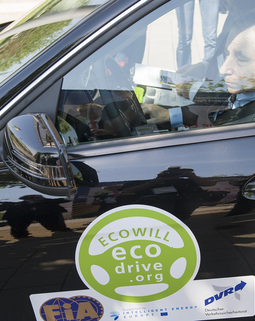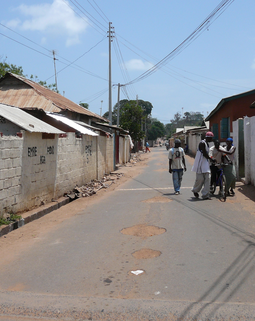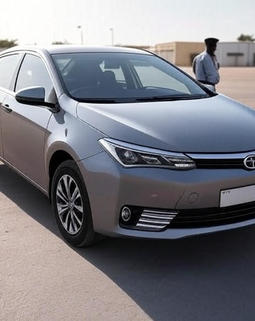Gambia’s car industry is experiencing a transformation, breaking long-standing stereotypes and embracing a new era of diversity and inclusion. Historically dominated by certain demographics, the automotive sector in Gambia is now witnessing a shift as more women and young entrepreneurs enter the field. This article explores the evolving landscape of Gambia’s car industry, the challenges faced in breaking stereotypes, and the initiatives promoting a more inclusive environment.
Increasing Female Participation
One of the most notable changes in Gambia’s car industry is the increasing participation of women. Traditionally, the automotive sector has been male-dominated, with women often relegated to administrative roles. However, recent years have seen a growing number of women taking on roles as car dealers, mechanics, and even industry leaders. This shift is not only challenging gender stereotypes but also bringing fresh perspectives and ideas to the industry.
Youth Engagement and Entrepreneurship
The rise of young entrepreneurs in Gambia’s car industry is another significant trend. As more young people become interested in cars and automotive technology, they are entering the industry with innovative ideas and a strong drive to succeed. These young entrepreneurs are leveraging digital platforms to sell vehicles, offer services, and connect with customers, contributing to the modernization of the industry. Their involvement is helping to break the stereotype that the car industry is solely for older, more experienced individuals.
Cultural Barriers and Perceptions
Despite the positive changes, cultural barriers and perceptions still pose challenges to achieving full diversity and inclusion in Gambia’s car industry. Stereotypes about gender roles and the notion that certain jobs are more suitable for men or older individuals persist. These attitudes can discourage women and young people from pursuing careers in the automotive sector. Overcoming these cultural barriers requires continuous efforts to change mindsets and promote the idea that the car industry is open to everyone, regardless of gender or age.
Limited Access to Resources
Another challenge in breaking stereotypes is the limited access to resources for women and young entrepreneurs. Access to capital, training, and networking opportunities can be harder to come by, making it difficult for these groups to enter and thrive in the industry. Addressing this challenge requires targeted support programs that provide the necessary resources and mentorship to help them succeed.
Training and Empowerment Programs
To foster greater diversity and inclusion, several initiatives have been launched to support women and young people in Gambia’s car industry. Training programs that focus on automotive skills, business management, and digital marketing are equipping these groups with the tools they need to succeed. Additionally, empowerment programs aimed at boosting confidence and providing mentorship are helping to break down barriers and encourage more participation.
Industry Collaboration and Advocacy
Collaboration between industry stakeholders, including car dealerships, government agencies, and non-governmental organizations, is crucial in promoting diversity and inclusion. Advocacy efforts that highlight the contributions of women and young entrepreneurs in the industry are also playing a key role in changing perceptions and encouraging more inclusive practices. By working together, these stakeholders are helping to create a more welcoming and diverse automotive sector in Gambia.
Conclusion
The transformation of Gambia’s car industry into a more diverse and inclusive sector is a positive development that promises to drive innovation and growth. While challenges such as cultural barriers and limited access to resources remain, the increasing participation of women and young entrepreneurs is breaking down long-standing stereotypes. With continued support from industry stakeholders and targeted initiatives, Gambia’s car industry is on the path to becoming a model of diversity and inclusion in Africa.





